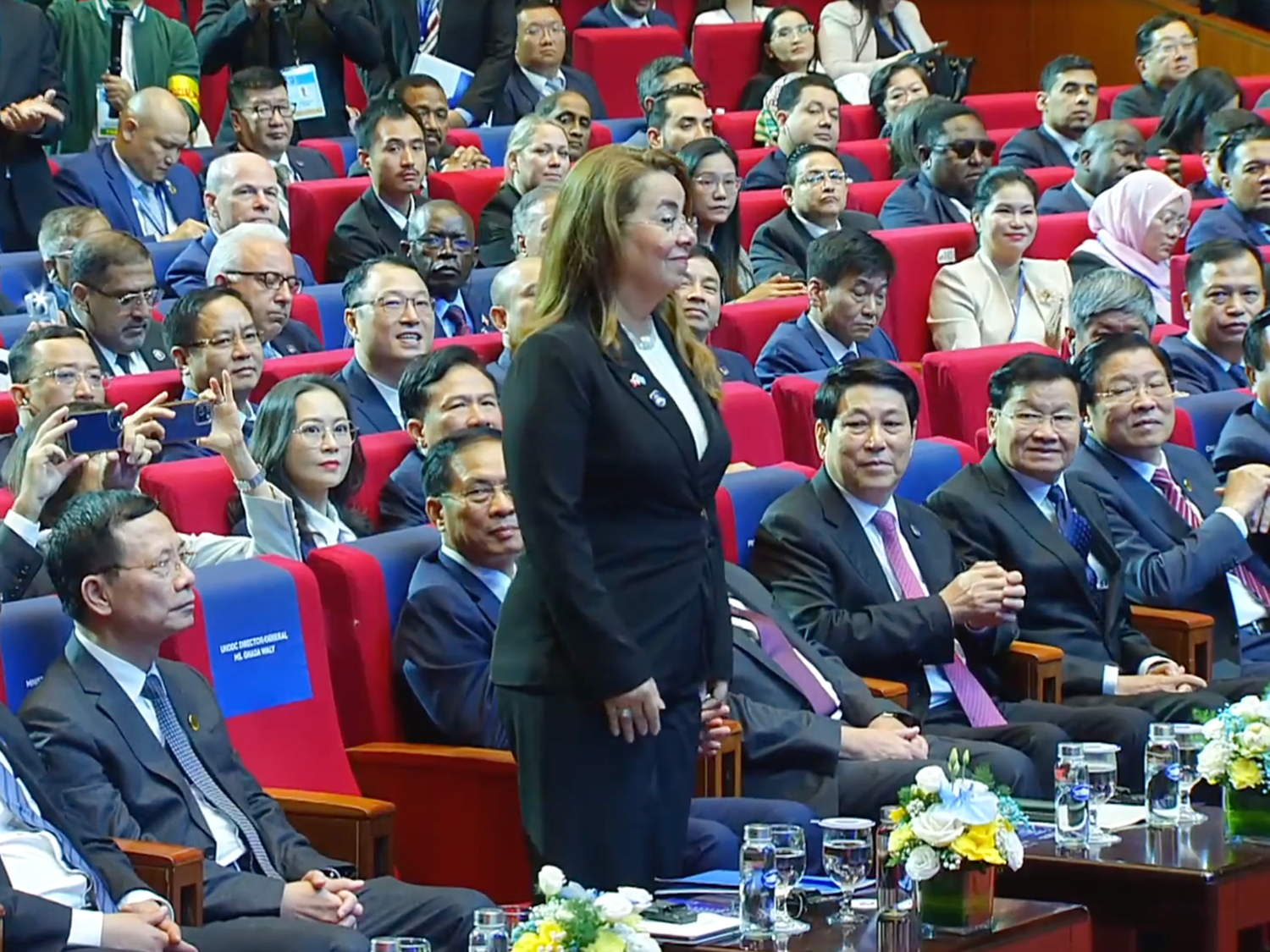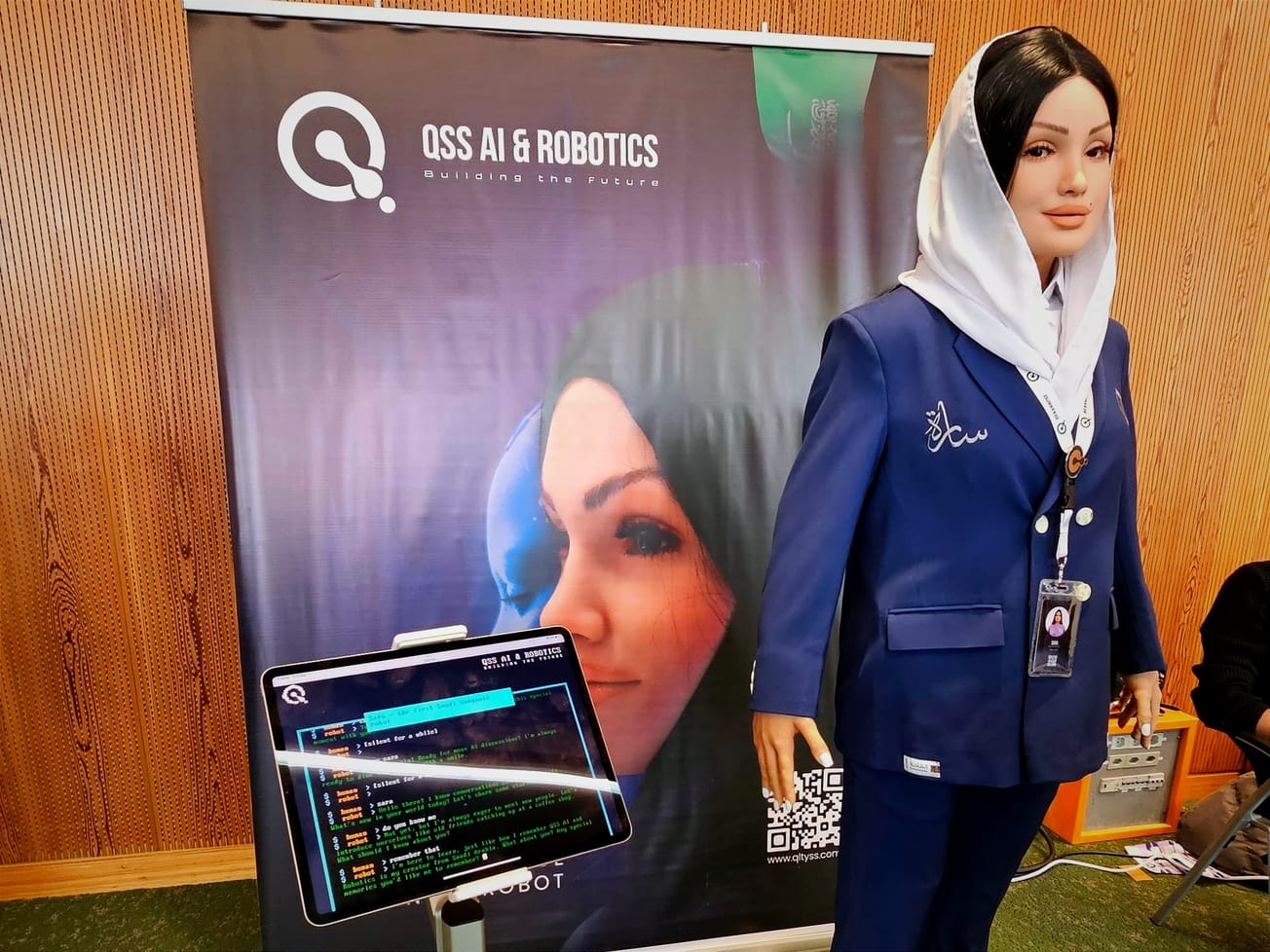Negotiators at a U.N.-sponsored telecommunication conference announced a deal to launch new radio frequency standards for 5G technology, despite concerns it could negatively impact climate and weather forecasting.
The World Radiocommunication Conference wrapped up four weeks of meetings in the Egyptian resort town of Sharm el-Sheikh on Friday with agreement over the use of additional radio frequency bands for 5G, or fifth-generation high-speed wireless technology. The scope of the conference was set a half-decade earlier.









